Dr. Truong Vi Khanh, Deputy Director of the Biomedical Nano Engineering Laboratory, Flinders University, leading the research team, said that in 2018, while watching the movie "Terminator", he suddenly had the idea of creating liquid metal that can change shape.
He approached Professor Michael Dickey, North Carolina State University (USA), a leading scientist in liquid metal research, to propose liquid metal particles that, when in contact with bacteria, could change shape and kill bacteria. This idea was later awarded by Fulbright and RMIT, helping him and his colleagues carry out their research.
The team collaborated with scientists from North Carolina State University and Sungkyunkwan University (South Korea) to create a gallium and indium compound that can form electronic circuits in fabrics. The fabric layers with circuits are used to develop smart wearable devices. "We can customize the conductive paths as desired by adding more coatings that can make the fabric more conductive," said Dr. Khanh.
The team also successfully created a conductive path that can heal itself when cut by forming new conductive paths along the edges of the cut, thereby providing self-healing properties. This ability makes the material useful in circuit connections and flexible electrodes for measuring electrocardiogram signals. The researchers turned the coated fabrics into electrodes for an electrocardiograph (ECG) to monitor heart rhythms. The testing process showed that the results performed as well as commercial gel-based electrodes.
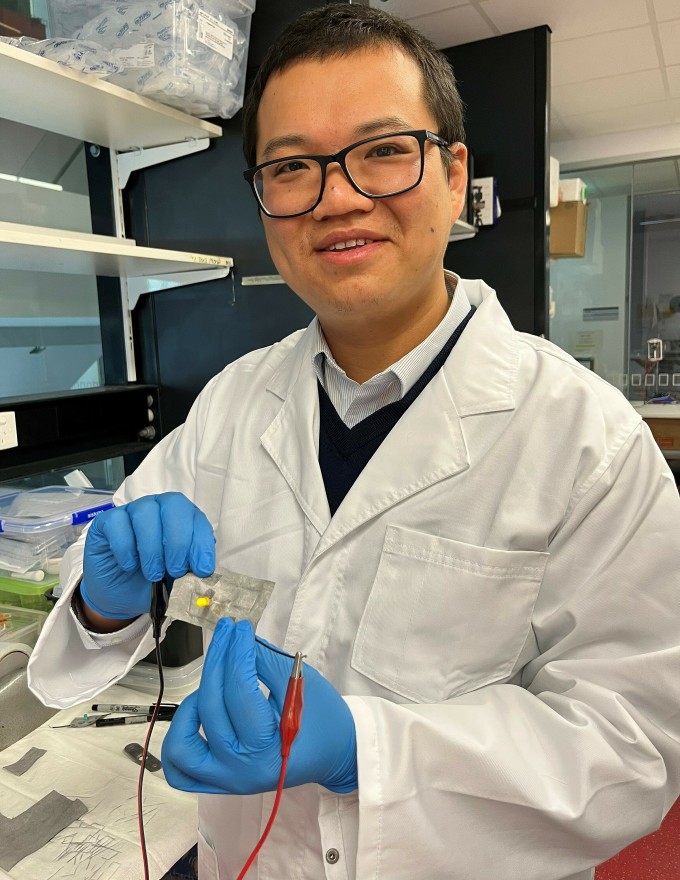
Dr. Truong Vi Khanh introduces metal-coated fabrics. Photo: NVCC
The test results also showed that the metal-coated textile has effective antibacterial properties. This fabric helps repel pathogens and can be used for a longer period of time without washing, which can be used as hospital bed sheets and patient clothes to prevent infection.
Dr Khanh added that gallium and indium are not abundant metals, but the process of making the liquid metal-coated fabric only requires less than one micrometer of each in the fabric coating. "Because the amount of material used is small, the manufacturing cost is low," he informed.
The work was published in the journal Advanced Materials Technologies in late May.
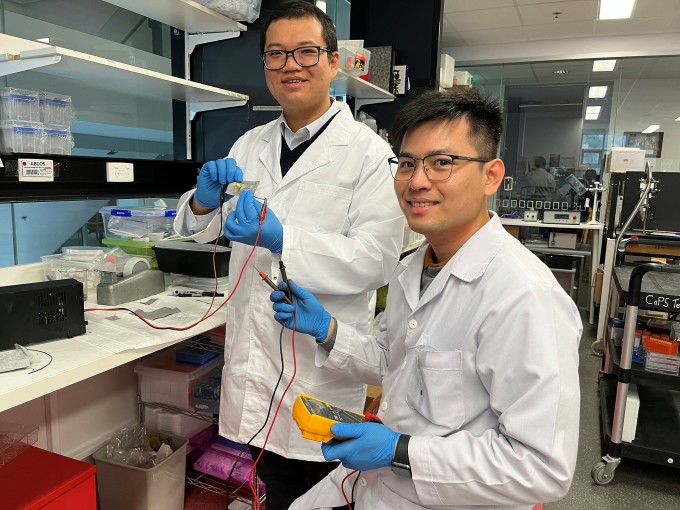
Dr. Truong Vi Khanh (left) and PhD student Nguyen Tien Thanh in the laboratory of Flinders University (Australia). Photo: NVCC
Professor Michael Dickey commented that this research is a breakthrough in applications related to liquid metals and liquid metal coatings. The author has been creative in combining knowledge of materials and nanotechnology to create unique methods.
"The research is groundbreaking, especially in developing new antibacterial technologies," Professor Krasimir Vasilev, Director of the Biomedical Nano Engineering Laboratory, told VnExpress .
Dr. Khanh wants to expand research cooperation and provide opportunities for Vietnamese students to access world technology. Currently, his lab has 8 Vietnamese students studying for their doctorate.
Dr. Truong Vi Khanh received his PhD in nanobiotechnology in 2012 from Swinburne University. He held positions such as RMIT VC Fellow and Fulbright Scholar, before working at Flinders University. As an expert in the field of antibacterial materials applications in medicine and industry, Dr. Khanh has successfully collaborated with businesses in research projects, creating products with high applicability in medicine and industry. He has published more than 150 scientific works with 8,000 citations (an average of more than 60 citations per article).Nhu Quynh
Source link



![[Photo] Prime Minister Pham Minh Chinh receives Mr. Jefferey Perlman, CEO of Warburg Pincus Group (USA)](https://vstatic.vietnam.vn/vietnam/resource/IMAGE/2025/4/18/c37781eeb50342f09d8fe6841db2426c)




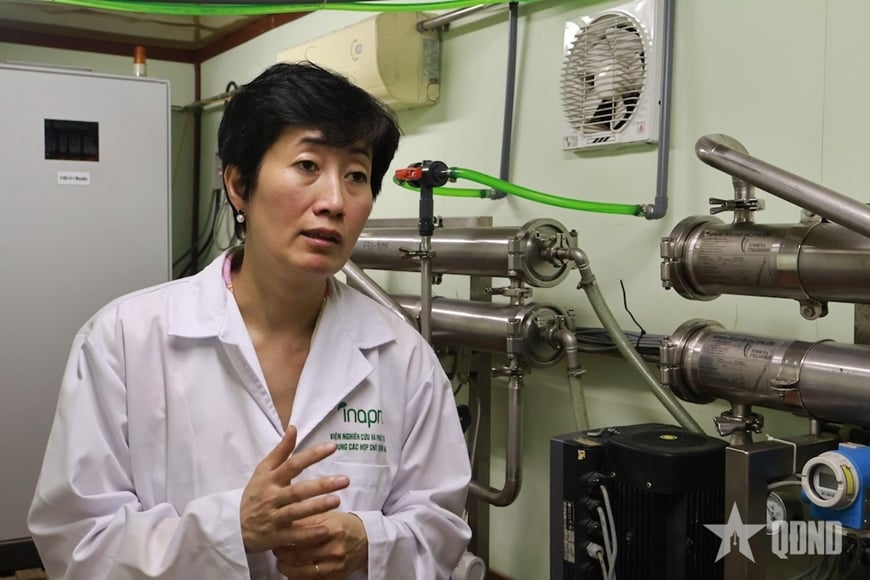

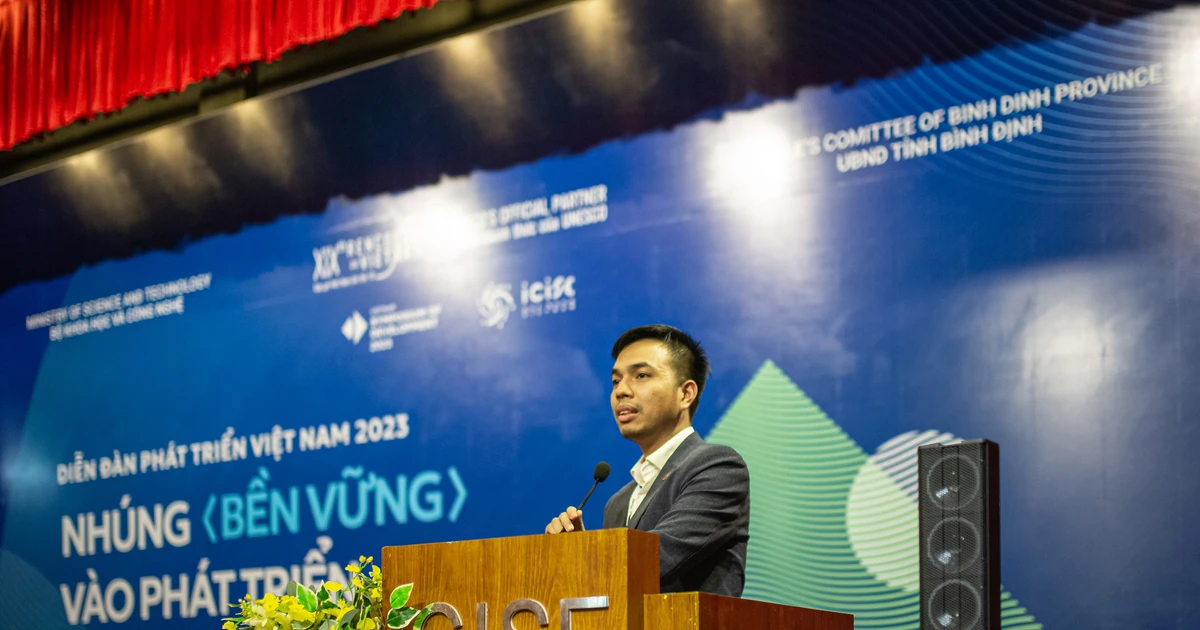








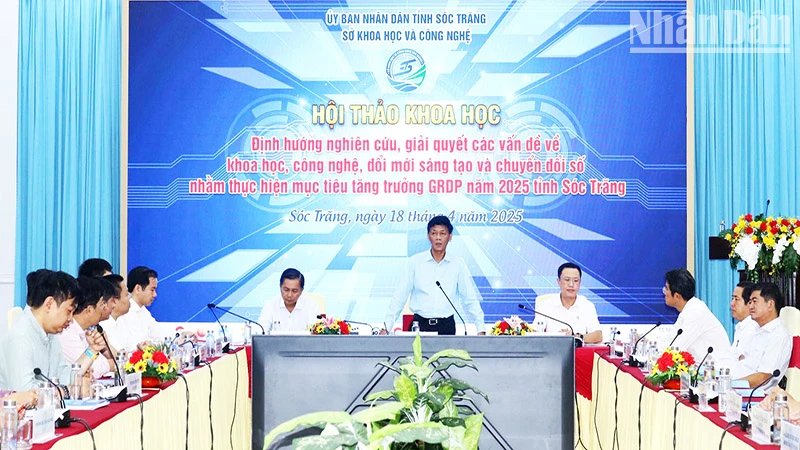

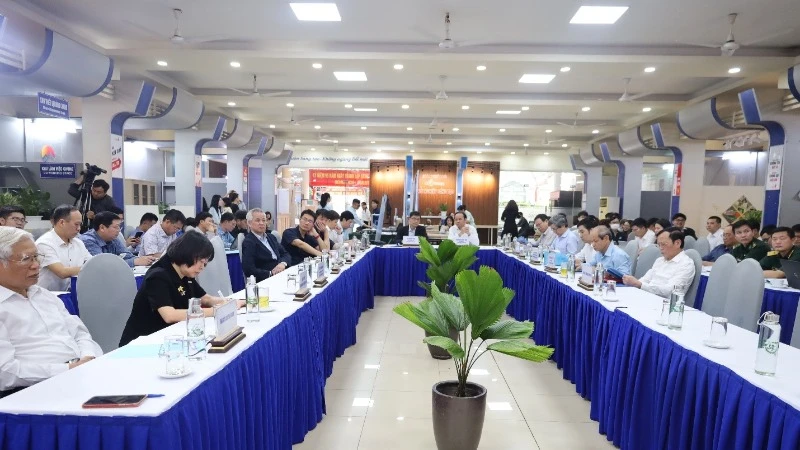








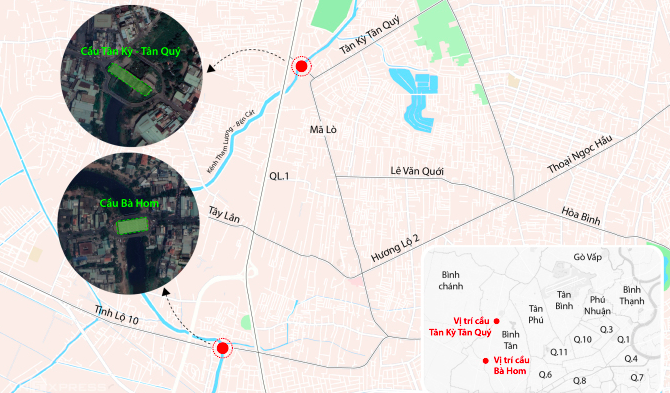


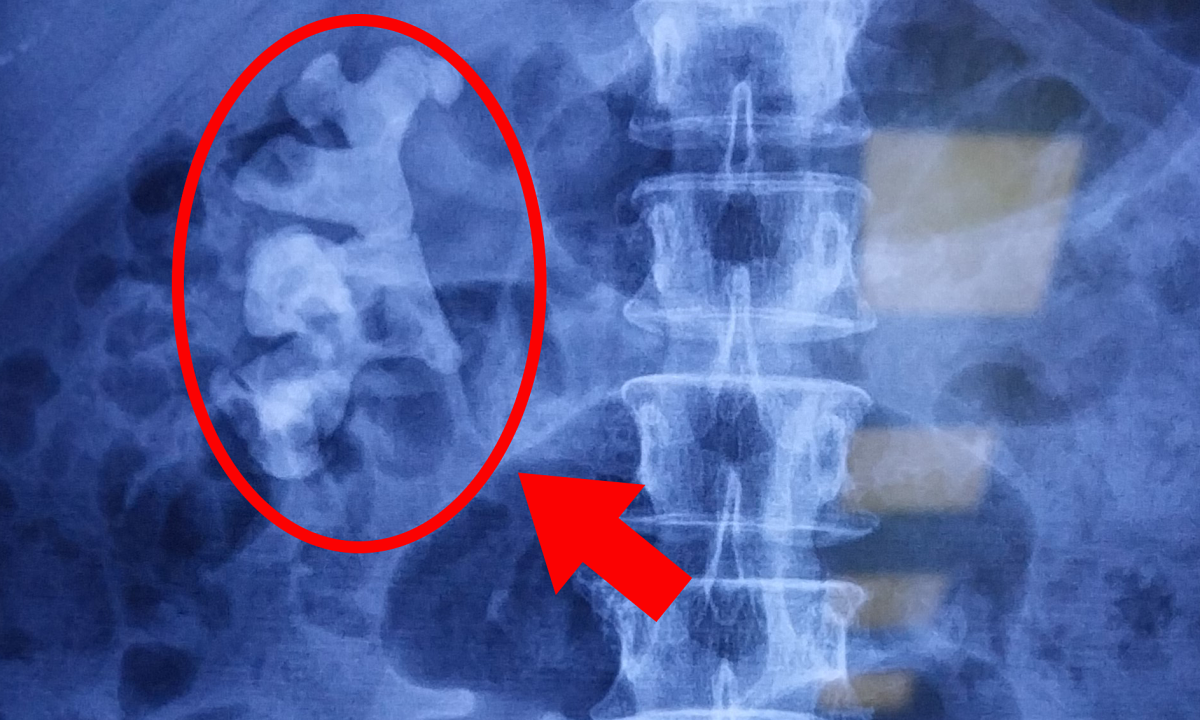

































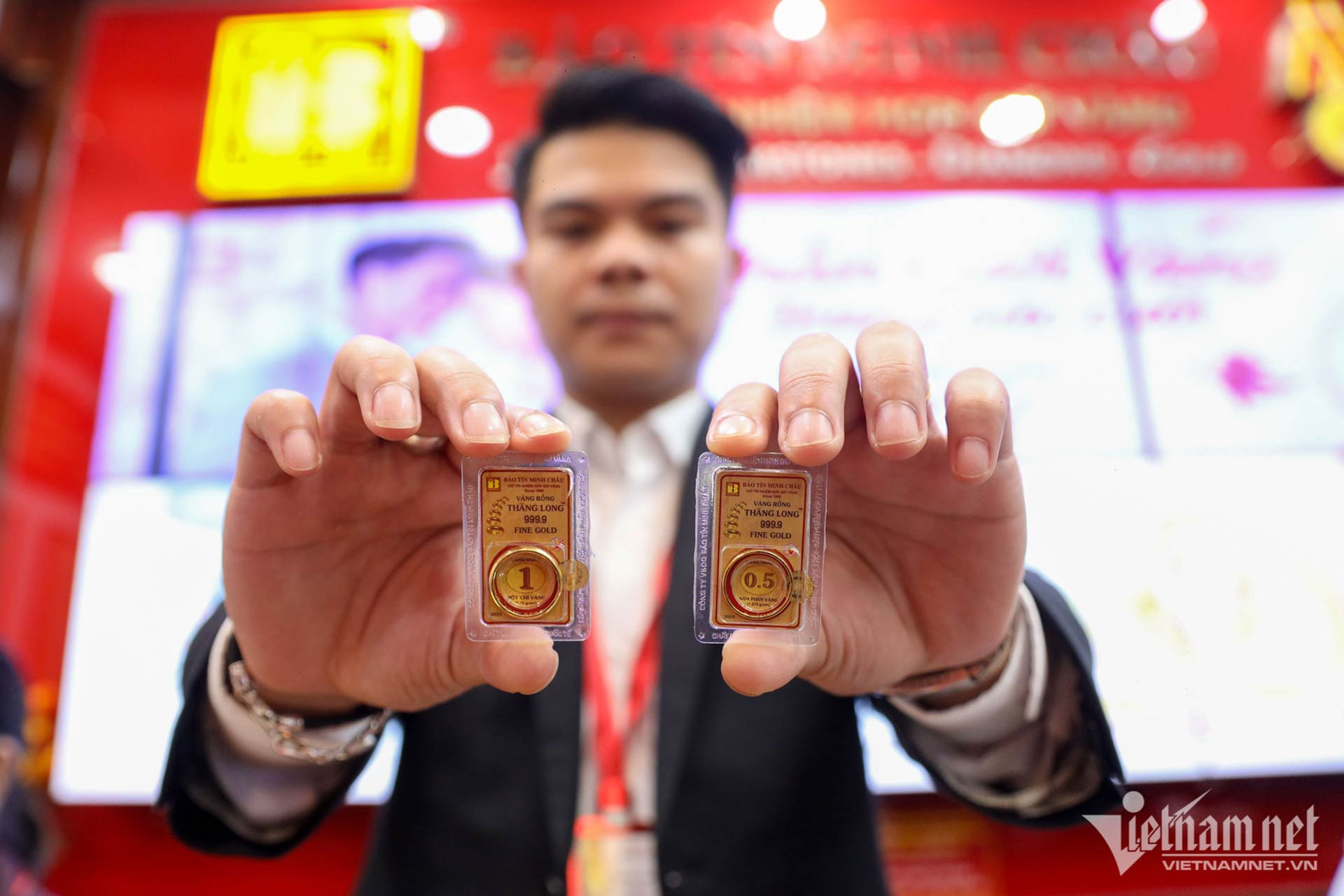












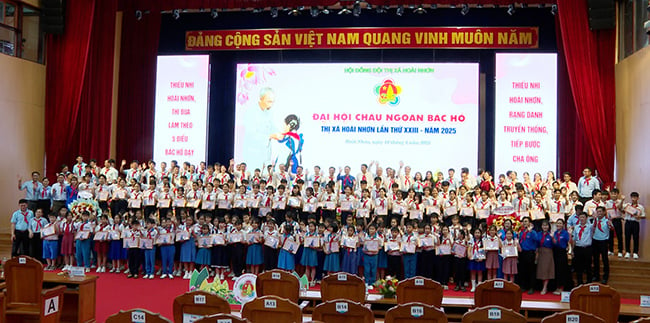




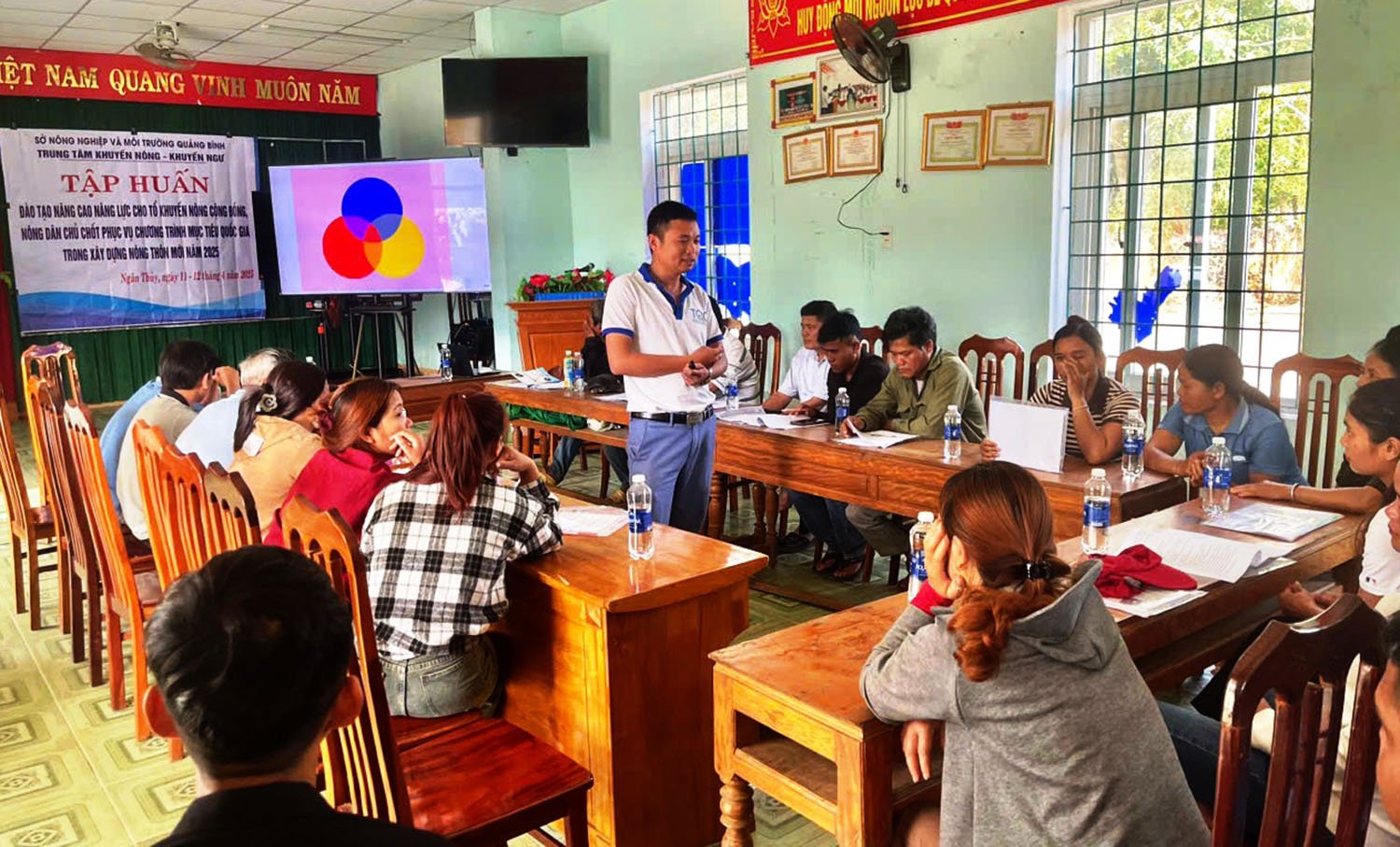













Comment (0)